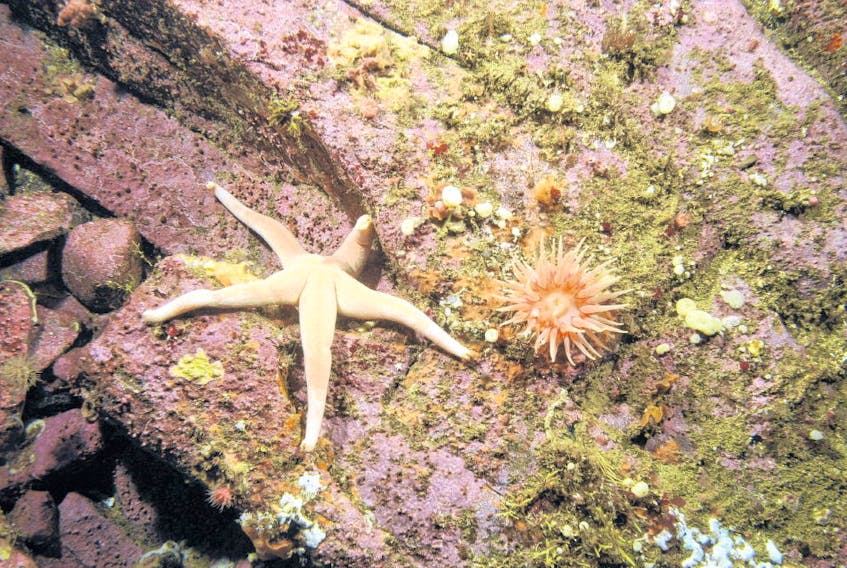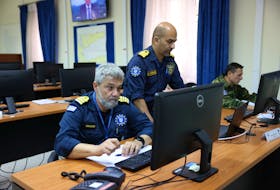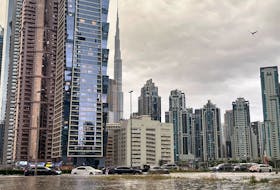Periods of unusually warm water in the world’s oceans have increased over the past century, a newly released study says.
Dalhousie University oceanography professor Eric Oliver was part of the study on long-term changes in marine heatwaves, which also included researchers in Australia, the United Kingdom and the United States.
Part of the study, published Tuesday in Nature Communications, was to come up with a definition for marine heatwaves, which are prolonged periods of unusually warm water at a particular location.
Oliver said the study, which started in 2015, showed that the heatwaves have become more frequent and are lasting longer. The number of heatwave days per year increased by more than half from 1925 to 2016, with the trend accelerating since 1982.
Warm water moving into a region of an ocean and warm air temperatures are the two most common causes of the heatwaves, Oliver said.
In 2003, a heatwave in Europe that killed 70,000people also warmed up the Mediterranean Seaaround Italy and France, which impacted some of the marine ecosystems in that area.
Oliver said increases in marine heatwaves can have serious impacts on ecosystems, biodiversity and activities and fisheries.
In 2011, a marine heatwave off western Australia caused an ecosystem shift that saw seaweed become dominant instead of kelp. That remained even after water temperatures returned to normal. An area of warm water in the North Pacific lasted from 2014 to 2016, causing fishery closures, mass stranding of marine mammals and coastal algal bloom outbreaks.
One difficulty the researchers had to contend with was a lack of data. Daily temperature measurements have only been available since the early 1980s, but there are some coastal sites around the world where temperatures have been taken since the early 1900s.
The increasing frequency of the marine heatwaves is a concern, Oliver said.
“In this study we couldn’t directly tackle the question of saying (whether) it absolutely is or isn’t human-influenced climate change that drove (what) we found,” he said. “But, our results are consistent with what we know about what’s changing in the world, and one thing we were able to show was that the increasing trend . . . is predominantly explained byrising ocean temperatures.”
He said there is “fairly high confidence” that the rising temperatures over the past century and a half are man-made.
“We can can also say with a fairly high degree of confidence that that’s going to continue for at least the next several decades, even if we stop emitting greenhouse gases today . . . there’s so much inertia in the system that it’s going to continue to warm, and these trends will continue.”
Predicting what exactly the impacts will be because of that is hard. “A lot of it is negative, and there may be an opportunity to adapt to changing fisheries; it’s hard to say,” Oliver said. “I guess what I would take away from this, if I was a policymaker, is the need to be proactive rather than reactive, especially in a region where both culturally and economically we rely so much on the ocean. We don’t want it to change and get away from us so that we’re no longer able to enjoy it and rely on it sustainably the way we like to.”
More information on this and related studies can be found at www.marineheatwaves.org.









